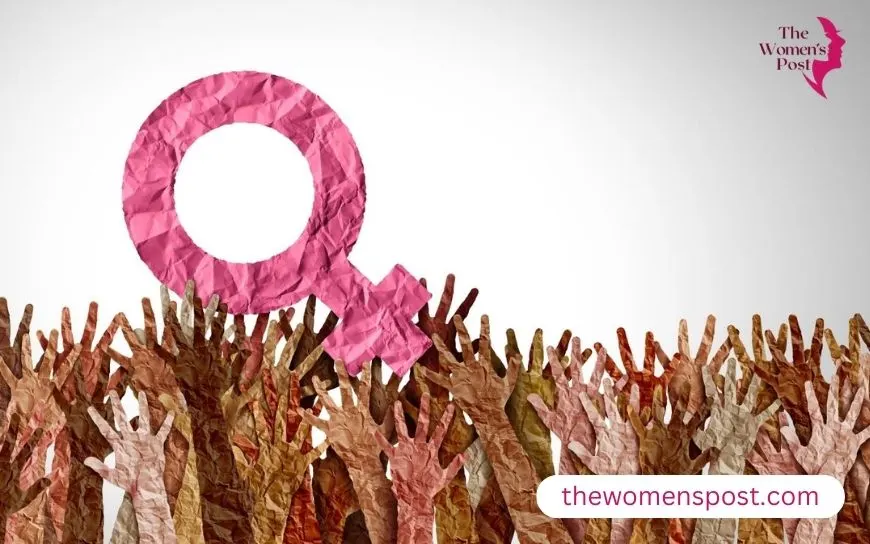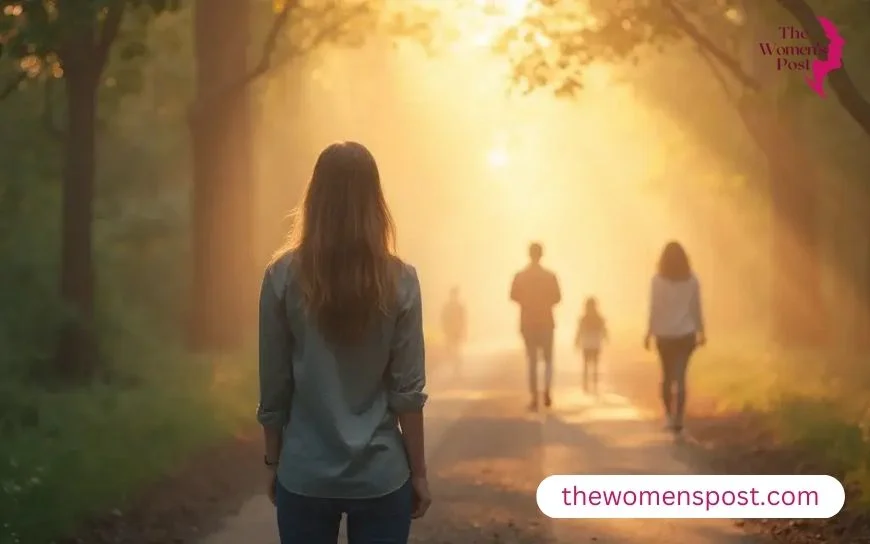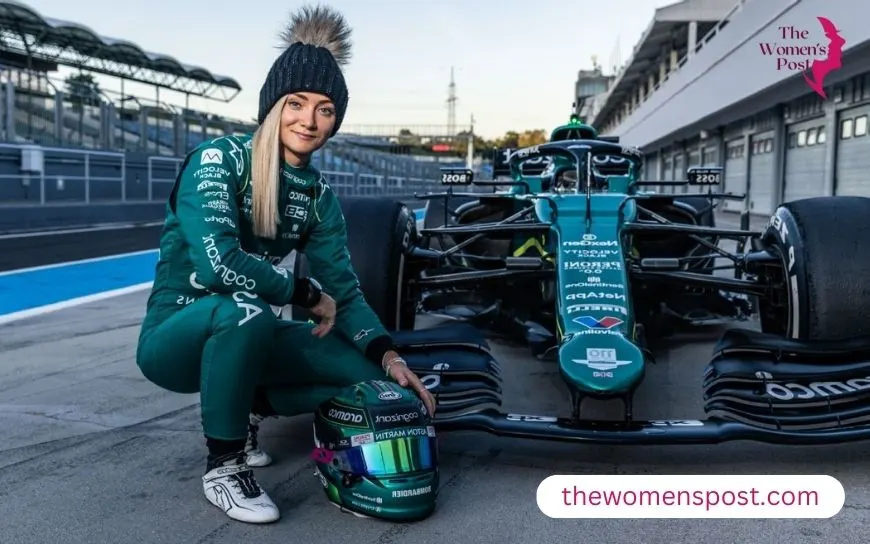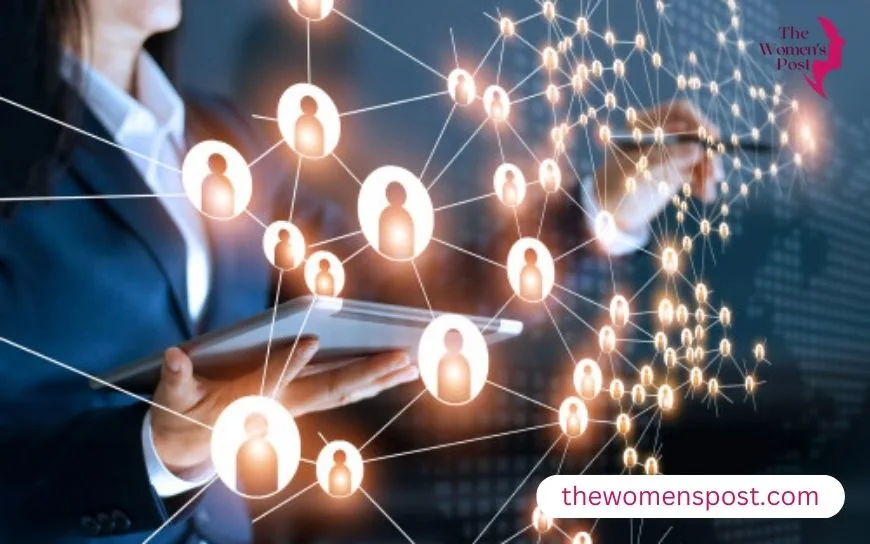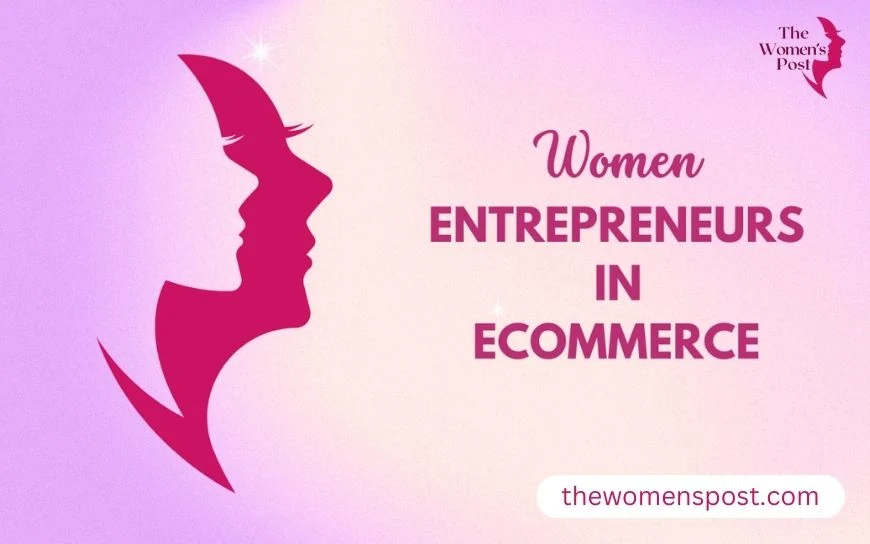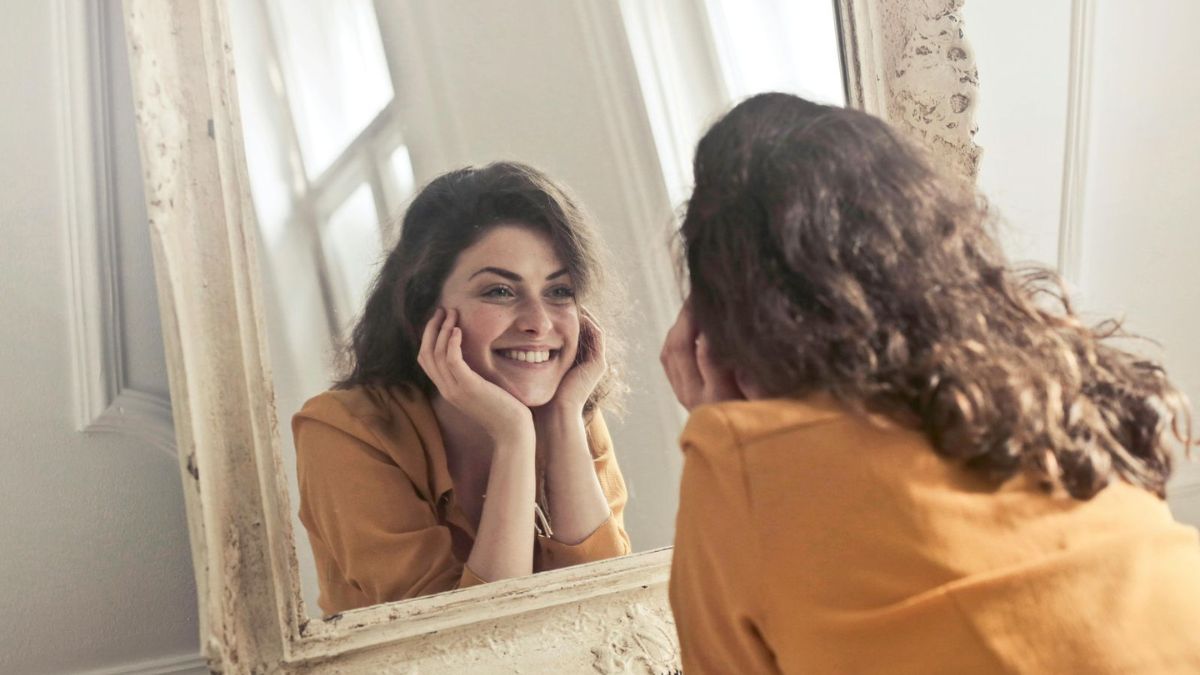When we think about feminism, we frequently envision women marching with banners, dramatic speeches at global conferences, ubiquitous hashtags like #MeToo, and demands for equal pay, safety, and choice. However, one point remains unanswered: where are the handicapped women in these discussions?
For years, the feminist movement has focused on boosting women’s perspectives, but not all voices have received equal attention. Disabled women, although being among the most marginalised, are frequently overlooked in feminist circles. Their battle is not just for rights, but also for acknowledgement, representation, and respect within the feminist movement.
Let’s go further into this underappreciated aspect of the movement.
Why Visibility Matters?
Imagine living in a world where your identity is erased twice—once by society for being crippled, and again by a movement that professes to fight for all women but forgets you exist. This is how many crippled women have felt for decades.
Feminism, particularly in its mainstream form, has frequently prioritised the experiences of able-bodied, white, middle-class women. This has resulted in a restricted perspective on what it means to be a “woman” in need of liberty. However, when a woman uses a wheelchair, suffers from chronic pain, or is neurodivergent, her obstacles do not just grow; they frequently go unnoticed.
To be clear, visibility is not about tokenism. It’s not about having a handicapped lady on a panel once a year.
It is about honouring lived experiences, including disability viewpoints into policies and platforms, and recognising their leadership in feminist thinking.
The Double Discrimination Dilemma
Disabled women experience double discrimination: sexism and ableism. But it does not end there. When you add in ethnicity, caste, class, or sexual orientation, the layers of marginalisation become much more pronounced.
Consider the experience of Maya, a vision handicapped woman from India. “In feminist circles, I am either pitied or disregarded. “People talk about me but rarely with me,” she adds. “It’s as if my disability cancels out my womanhood.”
Many people incorrectly associate disability with being asexual or childish. This desexualisation leads to further solitude.
Disabled women are frequently assumed to be disinterested or unsuited for love, relationships, or parenting, perpetuating stereotypes that deprive them of autonomy and dignity.
Erasure in Feminist History
Gloria Steinem, Bell Hooks, and Simone de Beauvoir are among the names that appear in feminist history books. All important voices. But, where are the crippled women?
One notable exception is Stella Young, an Australian disability campaigner who famously stated, “I am not your inspiration, thank you very much.” She challenged patronising myths about disability and emphasised that handicapped people deserve rights, not pity. Even Stella’s work is frequently excluded from standard feminist interpretations.
Another is Judith Heumann, an American disability rights campaigner who helped develop crucial laws such as the Americans with Disabilities Act. Her feminism was intersectional, centred on access and dignity. Nonetheless, her accomplishments are seldom discussed in feminist circles.
Disabled women have not been absent from feminist history; they have just been written out.
Reclaiming Feminism: Disabled Women Speak Up
Fortunately, the tide is shifting.
Disabled feminists are speaking up more than ever before, carving out a space for themselves and refusing to be left behind. Social media has been useful. Hashtags like #DisabledAndCute, #CripTheVote, and #AccessibilityForAll are bringing handicapped stories into the spotlight.
Activists such as Alice Wong, creator of the Disability Visibility Project, have built forums to share the stories of handicapped individuals, particularly women of colour. Her book, Disability Visibility, is an impactful collection of articles that reclaims space in public conversation.
Another strong voice is Keah Brown, a Black handicapped writer who founded #DisabledAndCute to challenge beauty norms and promote disability pleasure. “We’re not broken. “We are whole,” she declares.
Where Feminism Fails: Common Examples
So, how exactly does mainstream feminism leave handicapped women out?
- Lack of Accessibility: Many feminist activities take place in locations without ramps or sign language interpreters. That conveys a clear message: you are not intended to be here.
- Policy Blind Spots: Reproductive rights are a major feminist issue, yet handicapped women are frequently subjected to forced sterilisation or denied the ability to parent. However, these specific problems are rarely included into feminist agendas.
- Beauty Standards: Mainstream feminism is still struggling to let go of ableist beauty standards. Campaigns to promote “body positivity” sometimes exclude visibly handicapped people.
- Safety Conversations:Discussions regarding sexual assault seldom include handicapped women, despite evidence suggesting that they are more likely to be abused. Worse, they are unlikely to be believed or supported.
Intersectionality isn’t a Buzzword
We hear the term “intersectionality” a lot in feminist communities. Kimberlé Crenshaw coined the term, which refers to recognising how many types of oppression overlap. However, for many, it remains just that: a buzzword.
True intersectional feminism must prioritise marginalised groups, including Black disabled women, queer disabled people, and indigenous disabled voices. It must listen when people discuss healthcare, housing, education, and safety. It must question, “Who’s missing from the room?” before opening the door.
Love, Desire, and Disabled Feminism
Disabled feminists are also altering the narrative of desire.
Disabled women are reclaiming their right to be recognised as lovers, companions, and sexual beings. They’re writing blogs, creating videos, and telling tales that debunk the idea that handicap and desire cannot coexist.
The film “Crip Camp” is one example, which not only portrays the tale of a revolutionary disability rights movement but also delves into issues of love, identity, and connection. It reminds us that handicapped individuals do more than simply struggle; they also live, love, and laugh.
What Does True Feminism Look Like?
Feminism that includes handicapped women is not a bonus; it is the absolute minimum. A movement that excludes the most vulnerable is not revolutionary; it is just selective.
True feminism does more than simply beg for a place at the table; it rebuilds it so that everyone may sit.
It doesn’t simply fight for equality in principle; it also investigates who is still falling behind in practice.
It listens, learns, and adapts.
The Future is Inclusive, or It Isn’t Feminism at All
Disabled women are not requesting special treatment. They want to be heard, seen, safe, and appreciated. They are calling for ramps, yes, but also for representation, rights, and genuine acknowledgement.
The struggle for exposure isn’t about highlighting one group above another. It is about ensuring that the feminist lens is broad enough to encompass all women, in all their lovely nuances.
Because when handicapped women succeed, we all benefit.
Also read: Healing the Inner Critic: A Self-Compassion Journey for Women


